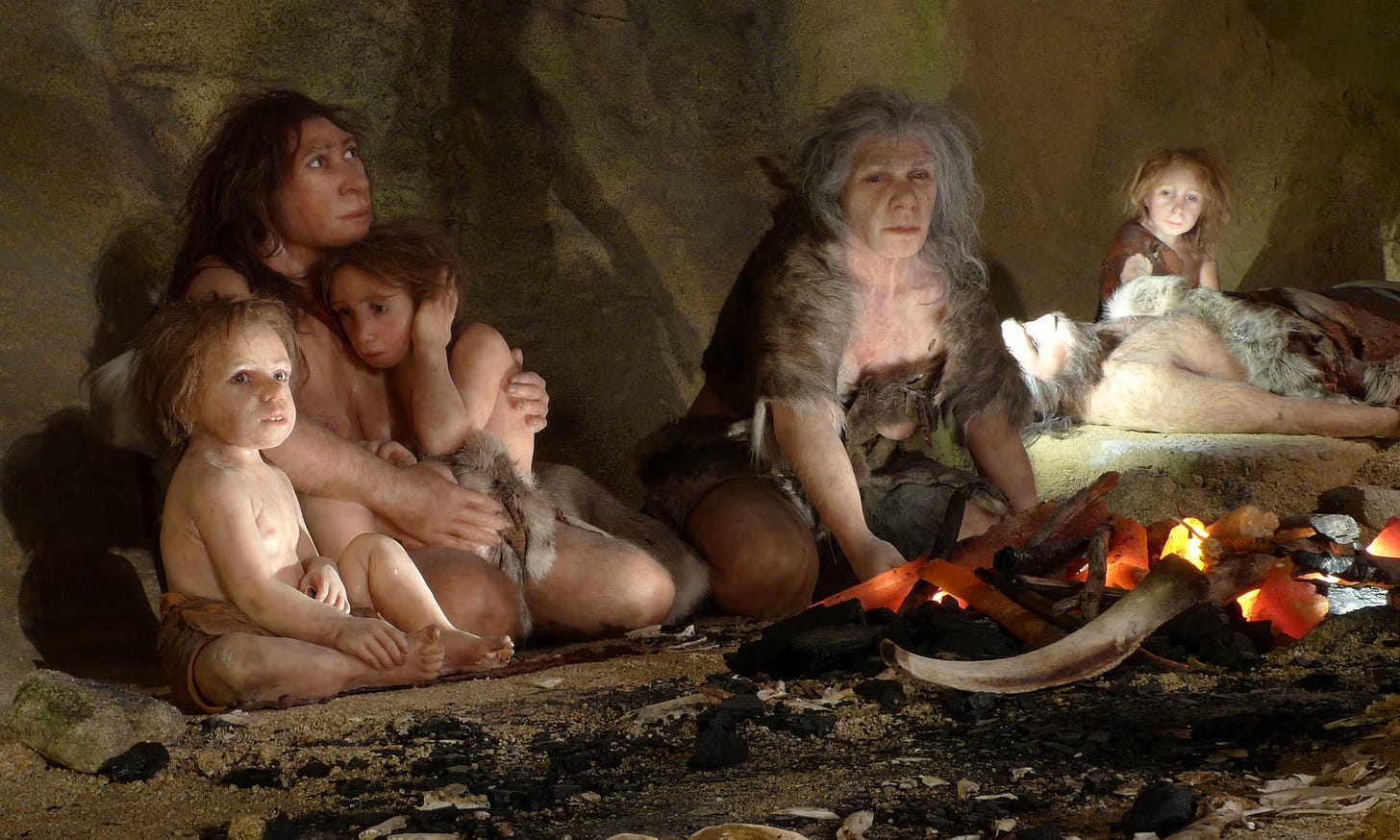Neanderthal Child with Down’s Syndrome Unveils Early Human Compassion
Manage episode 426165495 series 3444207
A groundbreaking study1 has revealed that a Neanderthal child with Down’s syndrome survived until at least the age of six, providing the earliest-known evidence of the genetic condition and hinting at compassionate caregiving among Neanderthals. This discovery offers profound insights into the social dynamics and empathy within Neanderthal communities.

Discovery and Significance
The fossil in question was excavated in 1989 at the Cova Negra archaeological site in Valencia, Spain. However, its significance was only recently recognized upon a detailed examination of the inner-ear anatomy, which revealed traits indicative of Down’s syndrome. The fossil, a fragment of the right temporal bone, preserves the complete inner-ear anatomy, which has been crucial in diagnosing the condition.
Inner-Ear Abnormalities and Symptoms
The Neanderthal child, affectionately nicknamed “Tina” by researchers, exhibited a combination of inner-ear abnormalities known only in people with Down’s syndrome. These included abnormalities in the semicircular canals, which govern balance and sense of head position, and a reduction in the size of the cochlea, which is involved in hearing. Mercedes Conde-Valverde, a palaeoanthropologist at the University of Alcalá in Spain and the lead author of the study published in Science Advances said,"
“The pathology which this individual suffered resulted in highly disabling symptoms, including, at the very least, complete deafness, severe vertigo attacks, and an inability to maintain balance.”
Implications for Neanderthal Social Structure
Given the severity of Tina’s symptoms, it is unlikely that the mother alone could have provided all the necessary care while also attending to her own needs. Therefore, the study suggests that the Neanderthal group must have continuously assisted the mother, either by relieving her in the care of the child or by helping with daily tasks. Conde-Valverde added,
“Given these symptoms, it is highly unlikely that the mother alone could have provided all the necessary care while also attending to her own needs. Therefore, for Tina to have survived for at least six years, the group must have continuously assisted the mother, either by relieving her in the care of the child, helping with her daily tasks, or both.”
The Age and Context of the Fossil
The precise age of the fossil has not been determined, but the presence of Neanderthals at the Cova Negra site has been dated to between 273,000 and 146,000 years ago. Neanderthals, who lived from about 430,000 years ago to roughly 40,000 years ago, were robustly built with larger brows compared to Homo sapiens. Previous research has shown that Neanderthals were intelligent and capable of creating art, pigments, symbolic objects, and perhaps a spoken language.
Evidence of Altruism in Neanderthal Communities
Previous evidence of Neanderthals caring for their sick and injured prompted debates over whether this was motivated by reciprocal behavior or genuine compassion. The case of Tina, however, supports the existence of true altruism among Neanderthals. Conde-Valverde said,
“For decades, it has been known that Neanderthals cared for and looked after their vulnerable companions. However, all known cases of care involved adult individuals, leading some scientists to believe that this behavior was not genuine altruism but merely an exchange of assistance between equals. What was not known until now was a case of an individual who had received extra-maternal care from birth, even though the individual could not reciprocate.”
Implications for Understanding Neanderthal Society
The study indicates that Neanderthals likely had a highly collaborative social context, where group caregiving extended beyond parental care. The survival of Tina, beyond the period of breastfeeding, implies that the group provided extended care, which is indicative of a supportive and empathetic community. Valentín Villaverde, a co-author of the study and an emeritus professor of prehistory at the University of Valencia adds,
“The survival of this child, beyond the period of breastfeeding, implies group caregiving, probably more extended than parental caregiving, typical of a highly collaborative social context among the members of the group. Otherwise, it is very difficult to explain the survival of this individual up to the age of six years.”
Conclusion
The discovery of Tina represents the oldest known case of Down’s syndrome and demonstrates that the diversity observed in modern humans was already present in prehistoric times. This finding underscores the importance of understanding the compassionate and collaborative nature of Neanderthal societies, shedding light on the broader story of human evolution. Conde-Valverde concluded,
“The discovery of Tina represents the oldest known case of Down’s syndrome and demonstrates that the diversity observed in modern humans was already present in prehistoric times. This finding ensures that the story of human evolution includes us all.”
This study not only enriches our understanding of Neanderthal life but also emphasizes the necessity to preserve and study ancient remains to continue uncovering the complex behaviors and social structures of our ancestors.
Conde-Valverde, M., Quirós-Sánchez, A., Diez-Valero, J., Mata-Castro, N., García-Fernández, A., Quam, R., Carretero, J. M., García-González, R., Rodríguez, L., Sánchez-Andrés, Á., Arsuaga, J. L., Martínez, I., & Villaverde, V. (2024). The child who lived: Down syndrome among Neanderthals? Science Advances, 10(26). https://doi.org/10.1126/sciadv.adn9310
8 episoade




